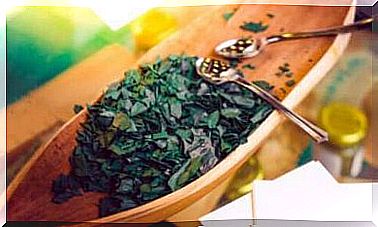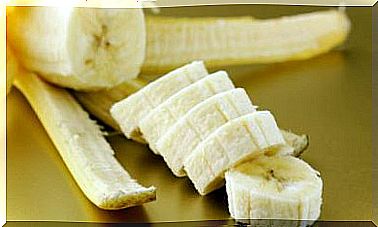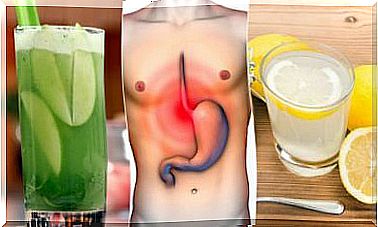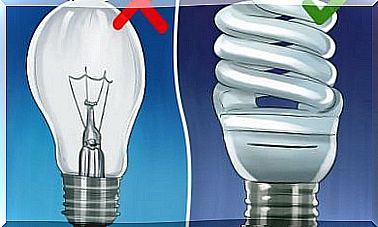Disc Herniation, How To Treat And Prevent?
A herniated disc is a disease where part of the disc that is between the vertebrae shifts out of place or breaks.
The spine is formed by 26 bones or also called vertebrae, which are separated from each other by the intervertebral disc.
Disc displacement can compress the nerve root, causing more or less severe symptoms depending on the severity of the injury. Check it out and learn more about it.
What is the intervertebral disc for?
It serves to separate the vertebrae and dampen movement. The most frequent location of hernias is in the lower back. Thus, they commonly develop between the lumbar 4 and lumbar 5 vertebrae, and also between the lumbar 5 and the sacral 1 vertebrae.
Causes of herniated disc
We can mention the following: physical exertion, obesity , spinal trauma. As we age, our spinal discs lose flexibility and elasticity.
The fibrous disc containing the nucleus pulposus becomes weak and can become more easily torn.
For this reason older people are more likely to suffer from hernia. But it also occurs in young people due to the factors mentioned above.
What are symptoms?
We will mention the symptoms of lumbar disc herniation as it is the most common place they arise.
People who develop it say the main symptom is a sharp, sharp pain. Also, it can radiate down to one leg.
They also experience a tingling sensation and weakness. These symptoms appear as soon as they make sudden movements or excessive efforts.
To indicate a lumbar hernia, the doctor usually performs a test. The patient lies on his back, the doctor asks him to raise his extended leg and immediately the pain appears.
diagnostic tests
The doctor performs a complete assessment of the spine. In addition, to confirm the diagnosis, he performs the following tests:
X-ray examination: to rule out damage to bone structures.
Nuclear magnetic resonance and computed axial tomography: these two tests demonstrate the degree of damage to the disc.
In addition, other more specific tests are at the physician’s discretion.
Treatments
Treatment of a herniated disc begins with rest and administration of anti-inflammatory drugs and analgesics, to continue with physical therapy.
Thus, in physical therapy, the patient can do:
Hydrotherapy: consists of water exercises guided by a professional to strengthen compromised muscles and improve spinal mobility and flexibility.
Massage therapy or massage: when suffering an injury, the muscles try to defend us and stop the movement with a consequent contracture.
Steroid Injection: These are applied to the area where the hernia is located and can help relieve pain.
Ozone Therapy : consists of the application of therapeutic ozone. The therapy consists of infiltrating ozone with steroids directly into the damaged area. There are still controversies about this treatment, but it may be an option for surgical treatment.
Surgical treatment
Surgical treatment is performed as a last option, when all alternatives are exhausted without the pain having disappeared and the patient’s life is affected, disabling him in his daily routine.
In addition, the doctor will recommend the treatment that can give the best results for each particular case.
Most people improve with conservative treatment, which includes medication, rest, physiotherapy and, in a minority of cases, surgery.
natural remedies
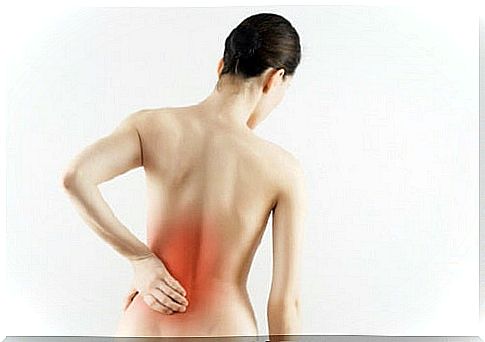
The following remedies are recommended for the main symptom of lumbar disc herniation: pain radiating to the leg.
- Willow: Contains salicin, aspirin principle. First, cook 2 grams of the dry peel in a glass of water. Then drink 2 or 3 cups a day. Consult your doctor before consuming.
- Another natural measure would be to first add a glass of water to the bowl, 2 slices of unpeeled white bread and a spoonful of cayenne pepper. Then, mix it until it forms a paste and apply it in the form of a compress at the end of the column.
Prevention
As among the causes we mentioned obesity and overexertion, it is very clear that the way to prevent a herniated disc will be good weight control.
Be aware when performing movements that involve the spine, avoiding sudden actions or lifting weights that exceed our capacity.
Those who suffer from this disease and carry out heavy work must be extra careful not to suffer new injuries and have a better quality of life.

